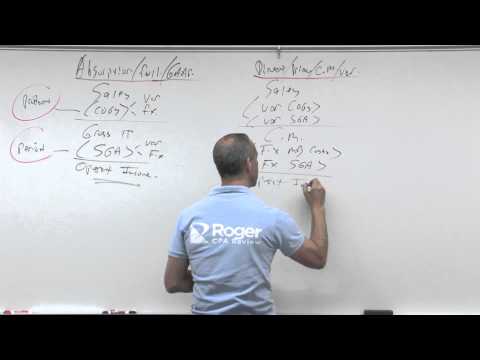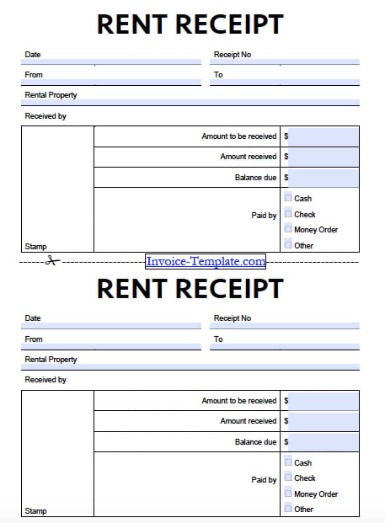
If a transaction a beginner’s tutorial to bookkeeping appears in QuickBooks Online but not on your statement, do not mark it. For any discrepancies, like a slight mismatch in payee details, simply edit the transaction in QuickBooks Online to align it with your bank statement. The goal is to have a zero difference between your statement and QuickBooks Online by the end of the process, at which point you can select Finish now. This process typically begins by obtaining the bank statement and gathering all relevant transaction details from within QuickBooks Desktop. Any discrepancies should be thoroughly investigated and adjusted in QuickBooks to reconcile the balances accurately.
Next Steps: Review the reconciliation
Once journal entry for loan given connected, all bills in QuickBooks Online will sync in real-time with Wise. Bill payments are automatically synced, matched, and categorized in QuickBooks. Having up-to-date and accurate accounts is important for any business. Sometimes things get missed – it’s bound to happen every once in a while. Follow the section based on what type of account you’re reconciling. To enter the ending balance, you should first navigate to the ‘Reconcile’ page and select the appropriate account.
In this comprehensive guide, we’ll walk you through the step-by-step process of reconciling accounts in QuickBooks, ensuring your financial accuracy and peace of mind. Reconciliation in accounting is a critical process, serving as a check-and-balance for financial accuracy. It involves comparing two sets of records to ensure they are in agreement and accurate.
Upon confirming the reconciliation, the process concludes, showcasing the financial harmony between the records and the bank statement. Reconciling previous months in QuickBooks Online involves the process of retroactively matching the financial records with the bank statements for specific past periods to ensure comprehensive financial accuracy. This step involves accessing the ‘Reconcile’ feature, selecting the appropriate account, and entering the closing balance provided by the bank. By doing so, it helps in detecting any discrepancies between the company’s records and the bank statement, thereby ensuring the accuracy of financial data.
Entering the ending balance in QuickBooks Desktop is a critical step in the reconciliation process, ensuring that the financial records match the closing balance of the bank statement accurately. Reconciling in QuickBooks Online involves several key steps to ensure that the financial records align with the bank statement and reflect accurate transactional data. Just like balancing your checkbook, you need to regularly review your accounts in QuickBooks. You need to make sure the amounts match your real-life bank and credit card statements. Marking a transaction as reconciled in QuickBooks average age of inventory definition Online signifies the validation and alignment of that specific transaction with the bank statement, ensuring the accuracy of financial records. Rereconciling in QuickBooks involves the process of reviewing and revalidating previous reconciliations to address any discrepancies or updates in the financial records, ensuring ongoing accuracy.

Step 1: Make sure you have everything needed to reconcile in QuickBooks
- Make sure you enter all transactions for the bank statement period you plan to reconcile.
- Regular reviews help in detecting potential errors or fraudulent activities, thereby safeguarding the financial integrity of the business.
- It is crucial to ensure that all the transactions listed on the bank statement are accurately recorded in QuickBooks to maintain an accurate representation of the company’s financial status.
- Then, make the necessary changes to ensure the transaction details accurately reflect the actual transaction.
- This lets you write a check or enter a bill to pay to cover the outstanding balance.
In the world of business, financial accuracy is the compass that guides decision-making. QuickBooks, with its intuitive account reconciliation feature, ensures that your financial data remains trustworthy. By diligently following the steps outlined in this guide, you’re not just reconciling accounts — you’re reconciling your financial aspirations with your financial reality. In doing so, you pave the way for a thriving and sustainable future for your business. Balancing accounts might sound like a tedious task, but its significance cannot be overstated. Think of your business finances as a puzzle — every transaction, every payment, every deposit is a piece of that puzzle.
Access the Reconcile Window
Also, consider timing differences, such as checks that have been issued but not yet cashed, or bank fees that have yet to be recorded in QuickBooks. Match each transaction listed in your bank statement with those in QuickBooks Desktop. In the Reconciliation window of QuickBooks Desktop, mark off each transaction that aligns with your bank statement. Prepare for the reconciliation by entering all transactions that occurred during the statement period you are about to reconcile. During a reconciliation, you compare an account in the accounting system, such as QuickBooks, to its real-life counterpart to make sure everything matches.
Step 3: Start your reconciliation
In the context of QuickBooks, reconciliation typically refers to matching the transactions recorded in the software with external financial statements, such as bank and credit card statements. This process is vital in verifying that the records in QuickBooks accurately reflect a business’s financial transactions. This process involves meticulously reviewing each transaction entry in QuickBooks and cross-referencing it with the corresponding entry in the bank statement.
If you choose to connect your bank and credit cards to your online account, QuickBooks will automatically bring over transactions and also the opening balance for you. For reviewing past reconciliations, navigate to the Reports menu and select Reports Center. Choose the account you’ve reconciled and select the type of report you need, whether it’s detailed, summary, or both. Once the matching is complete, and the difference between your bank statement and QuickBooks Desktop shows $0.00, proceed to finalize the reconciliation by selecting Reconcile now. After completing the reconciliation, you have the option to display or print the Reconciliation report for record-keeping.
